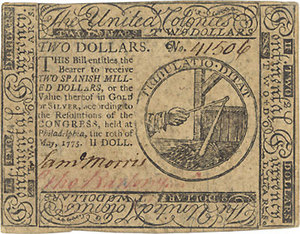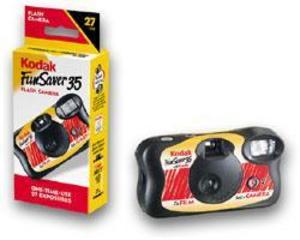Being a teacher of autistic children, I am always looking for unique ideas, strategies and technological devices that can assist me in providing the best education possible for my children. As many people know, there are varying degrees of autism, and oftentimes one will hear the term “Autism Spectrum Disorders” to encompass the broad range of autism disorders. The children I teach are all nonverbal, with the exception of one. Any vocalizations that they do make, is referred to by a term called eholalia, or repetition of what someone else has spoken. I recently was approved to purchase a device called the Califone Card Reader. The Speech Therapist at our school was familiar with the card reader, and highly recommended it.
The device is about the size of an old-fashioned tape recorder. With your initial purchase of the card reader, you are sent a complimentary set of cards. The set sent with my card reader was on everyday household items. The card reader has a carrying handle, so students can easily carry the device with them. It is provided with built in speakers and also comes with a headset jack. The headset was separate. While any headset will work, it is advised that the user purchases a monaural headphone or one that is not meant to be part of a connection set, such as in reading groups. The device is easy to use. The child or teacher merely inserts the card into the card slot. Each card has a magnetic strip inserted on the bottom of the card, and once inserted into the Califone Card Reader, the magnetic strip is picked up by the reader and read to the student. The card is moved along in the reader, without assistance from the teacher or student. When the card reaches the other side of the reader, it simply stops.The voice is very audible, and that of a man. There is also a volume control button, so other students are not disturbed that might be working in other groups. The cards come complete with a real life picture, rather than a drawing or cartoon picture of the word. When practicing with the reader, I tried to get my children who demonstrate echolalia to repeat the word. So far, I only have one student that does. While he may not be actually speaking, he is learning to form words, so this is a step in the right direction.
There are ten different card packs that can be purchased with the Califone Card Reader. Pack one, or Everyday Words 1, came with the set. There were 48 cards in the pack, however some packs have less. The packs that can be purchased are Everyday Words 1, Everyday Words 2, Survival Signs, Food Words, Money Words, Picture Words, Phonics, Readiness( which includes numbers, alphabet cards, colors and shapes), Compound Words, and Rhyming Words. I believe my next purchase will be food words and survival signs. My class practices food words and selecting foods a couple of times a week and we also practice survival signs, almost on a daily basis.
The makers of the Califone Card Reader state that the reader addresses all five areas of reading; phonics, phonemic awareness, vocabulary, fluency, and comprehension. This may be the case, but at present time, my main concern is to provide an avenue for my children to eventually become more verbal or at least learn to communicate in alternative means, such as by the use of sign language or picture symbols.
I hope that the Califone Card Reader assists my children with their educational and communication needs. So far, it seems to be working.
Reference:
- Experience




